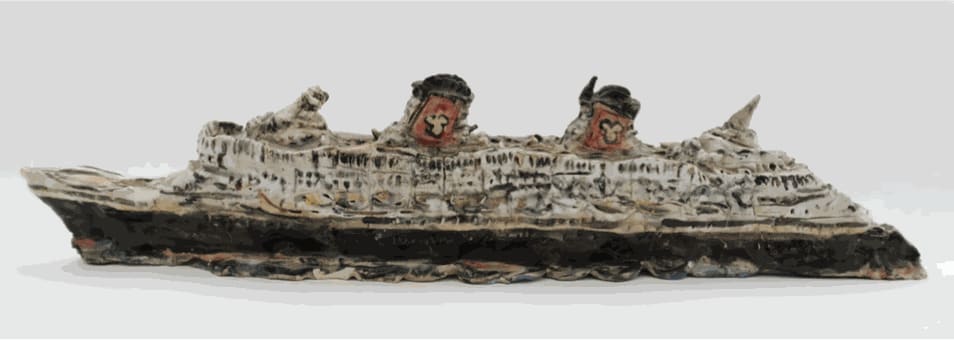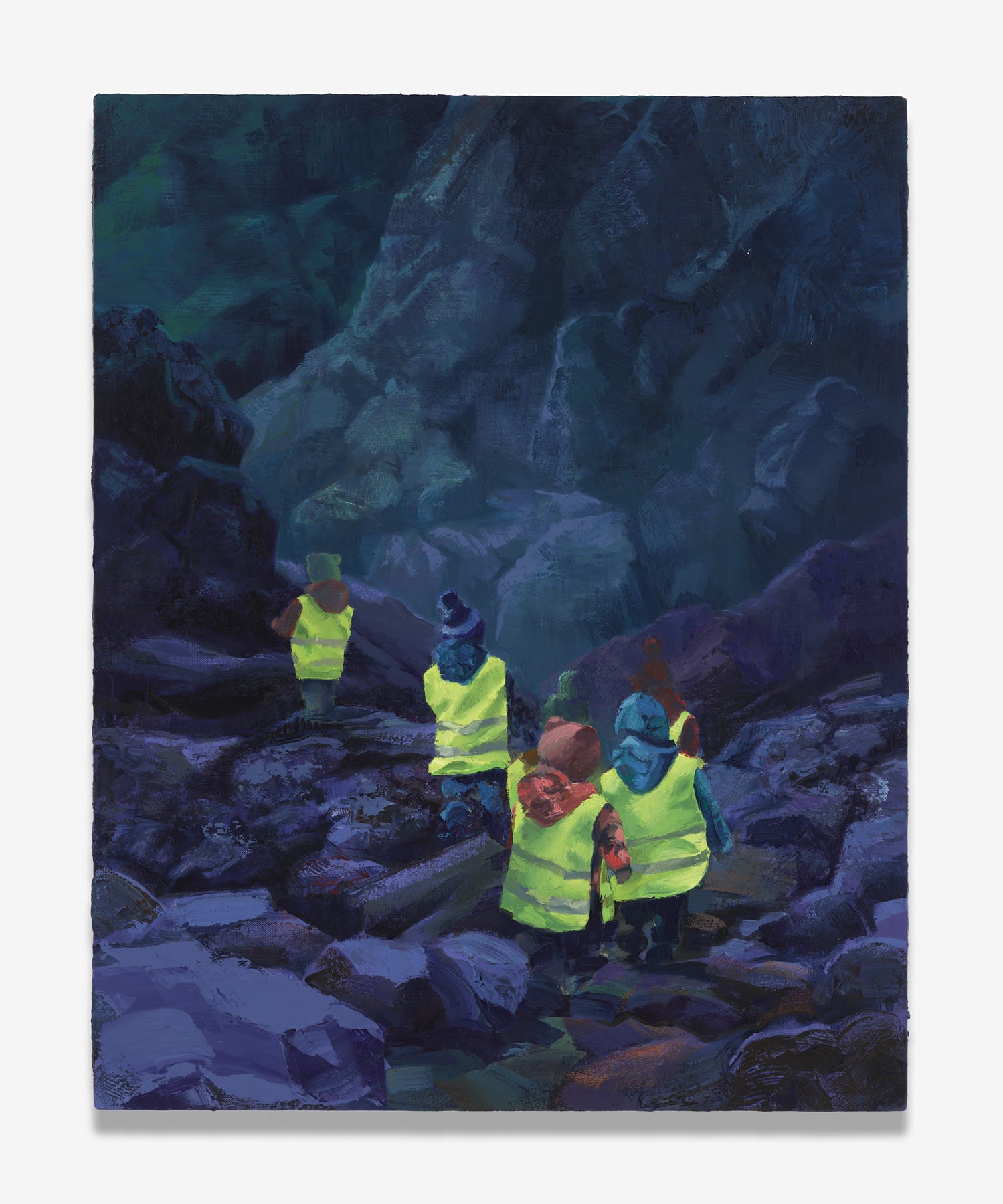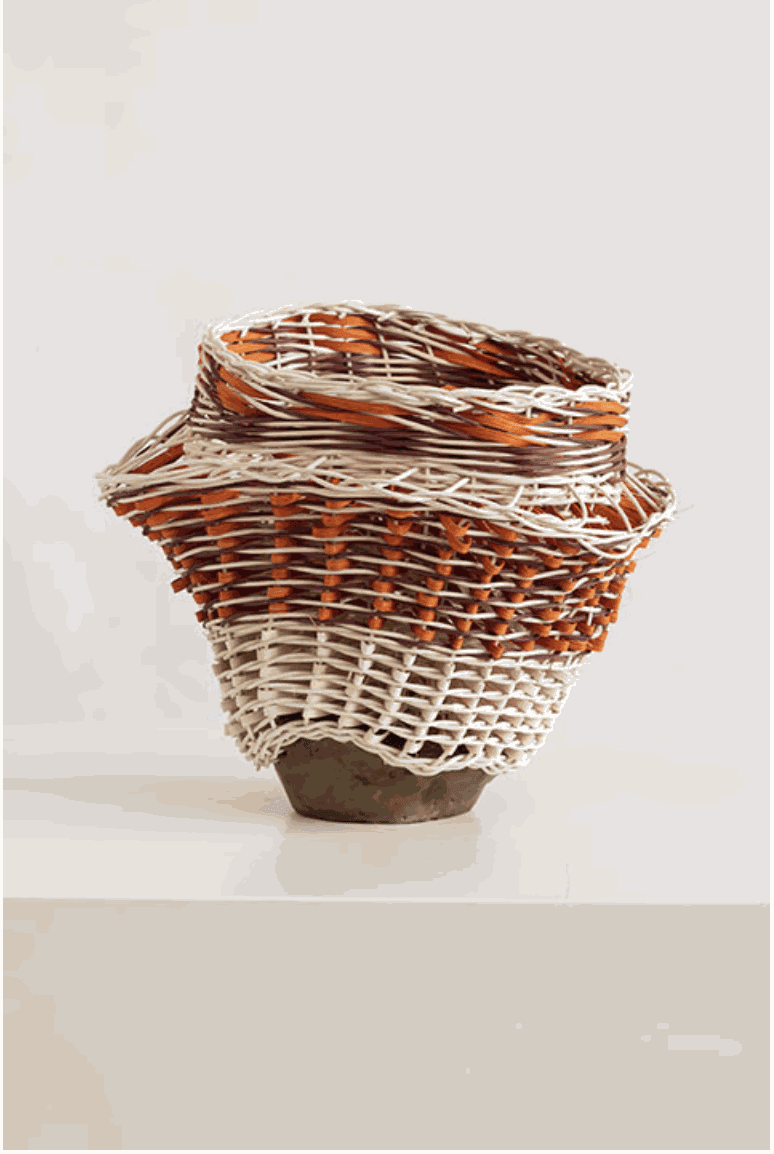North Adams, Mass.
It’s hard to put a new spin on the art fair. While the cities may change, once you step
off the street and into the belly of the aesthetic beast most of these events share an
unmistakable uniformity: In well-lighted white cubes, well-dressed patrons open
their well-lined pocketbooks to buy well-polished works.
Even relatively quirky variations on this formula have become somewhat commonplace. The “hotel art fair” —which substitutes high-end lodgings and comfortable suites for vast convention centers and blank-slate booths—can trace its American roots back to at least 1994, when the Gramercy International Art Fair was staged in the Gramercy Park Hotel. (That fair would eventually grow into the titanic Armory Show.) Since then, some hotel fairs have come and gone (e.g., Dependent) but the belief remains that this more intimate model creates unique opportunities toconnect collectors and artists. Felix, at the Hollywood Roosevelt Hotel in Los Angeles, is one such show; the relatively new Aspen Art Fair, at the Hotel Jerome, is another. And now Arrival Art Fair joins the list with a twist.

Robert Rapson’s ‘Disney Cruise Line’ (2000s). PHOTO: DUTTON
Situated in Tourists, a hiply renovated motel nestled in the Berkshires, the fair sets
itself apart not just with its rustic setting. It also features an invitational model in
which exhibitors are nominated by many institutional leaders (as opposed to the
most common curatorial steering of fairs, which comes from the world of for-profit
galleries and independent curators). Here, galleries were selected by a group of
“ambassadors” that includes Horace D. Ballard, curator of American art at the
Harvard Art Museums; Ethan W. Lasser, chair of the art of the Americas and head of
exhibitions strategy at the Museum of Fine Arts, Boston; Nora Lawrence, executive
director of Storm King Art Center; Catherine Morris, senior curator at the Brooklyn
Museum; Veronica Roberts, director of the Cantor Arts Center at Stanford University;
and Amy Smith-Stewart, chief curator at the Aldrich Contemporary Art Museum. And
based on the works on view, dealer Yng-Ru Chen, adviser Sarah Galender Meyer and
artist Crystalle Lacouture, who founded the fair, have done an excellent job
assembling a team that’s deeply connected to both established and emerging voices
within the gallery scene.
Arrival is the friendliest fair I’ve ever attended, Thursday’s sunny summer evening
providing the perfect setting for visitors to roam the motel’s grounds as exhibitors
welcomed them into the humble yet thoughtfully designed rooms. At Dutton,
Lauriston Avery’s abstract mixed-media sculptures have an air of alien ecology about
them, the stark white of their surfaces opening into series of stoma, slumping into
mouth-like apertures, or spreading out into delicate, coral-like fans. These were
shown alongside the ceramic model ships of the self-taught Robert Rapson—they
have just enough detail to make them identifiable as real-world vessels, while their
rough surfaces make it seem like we’re viewing the craft on a hazy horizon.
While several exhibitors went with a less-is-more approach to their displays, the
space from L.A.-based Charlie James is delightfully maximalist, showcasing many of
the artists from his roster. Colorful, playful and with a deep sense of the homegrown,
these works have something for everyone: Jim Thompson’s paintings of sports cards
tap into childhood nostalgia while slyly nodding at the collecting that happens at art
fairs; Erick Medel’s thread-on-denim scenes celebrate everyday life in Southern California; and Jeffrey Sincich’s textile takes on car logos introduce a clever bit of the handmade into
manufactured machinery.

Wilhelm Neusser’s ‘Trailblazer’ (2025). PHOTO: ABIGAIL OGILVY GALLERY
Wilhelm Neusser’s paintings at Abigail Ogilvy are brilliantly hued landscapes—rocks
of indigo and plum, a jungle scene with greens from veridian to lime—featuring
groups of children transiting treacherous territory in hi-vis vests. Striking
compositions, they also acknowledge the ecological problems the world is facing, and
how younger generations may be left to navigate climate perils left unchecked in the
present.

Dee Clements’s ‘Lace Ruff Vessel’ (2025). PHOTO: LIBRARY STREET COLLECTIVE
Davila-Villa & Stothart, an organization that serves as a liaison between artists and their galleries, features a solo presentation by conceptual artist Mel Chin, whose art is frequently political yet never strays into polemics. “DIS-pense & DIS-tribute” (1992), in the lobby of Tourists, is a vending machine displaying parts of an American flag, as if each were a bag of chips, collaged together in their individual dispensing slots to create a complete-looking yet fragmented banner. This commentary on the fractures in society is sadly as poignant today as it was when it was made three decades ago.
And at Library Street Collective, Dee Clements combines stoneware with
basketry in undulating forms whose utilitarian roots are belied by their topsy-turvy shapes. Bright and whimsical, they capture the vibe of Arrival well: gregarious, understated and undeniably magnetic.
Arrival Art Fair
Tourists, through June 15
—Mr. Kelly is the Journal’s associate Arts in Review editor. Follow him on X
@bpkelly89 and write to him at brian.kelly@wsj.com.

